17th Apr 2024
Wednesday One-Off: 1914 Rolls-Royce 40/50 Silver Ghost Skiff
by Collecting Cars
For many, part of being an automotive enthusiast is appreciating the skill and artistry that go into designing cars. Iconic and striking designs cement the concept that a car is not simply a way of getting from A to B; it can often be regarded as a form of art in motion.
The quest to bring beautiful aesthetics to practical creations has been the dedication of generations of designers working not just on cars, but on everything from furniture to appliances. Of course this ethos applies to boats, too, in the form of vessels like the gorgeous Venetian mahogany Riva limousines. While their function could be described as ‘river taxis’, they are designed and built to be some of the most beautiful craft to ever grace water.
Due to their obvious functional differences, cars and boats typically feature very different design language; but what if you love the aesthetics of your yacht so much that you need to see it reflected in your car? This week’s Wednesday One-Off answers that question with aplomb.
Enter the 1914 Rolls-Royce 40/50 Silver Ghost Skiff by Schapiro-Schebera. This remarkable coachbuilt creation was built upon the marque’s landmark chassis, which is widely regarded as helping Rolls-Royce to earn the illustrious title of ‘the best car in the world’. This particular Silver Ghost - chassis 54PB - was delivered via Rolls-Royce France and is believed to have passed through several hands before ending up at the workshop of Schapiro-Schebera in the period immediately after the First World War.
The period rebody is thought to have taken place during this time given the maker’s mark on the car. This 40/50 Silver Ghost was reimagined by Schapiro-Schebera with a fabulous wooden ‘skiff’ design, which had become popular among the most skilled coachbuilders during the early 1900s. The skiff aesthetic drew its main inspiration from the torpedo shapes of boats, with characteristic pinched tails that mimicked the prow of these aerodynamic vessels. The Rolls-Royce’s vast bonnet led back into the beautifully crafted wooden body that tapered back between the pronounced rear wheel arches.
The body and side panels were believed to be crafted from a rich mahogany, while the deck was likely to be cherry or a similar wood. The layered effect of the wood further evoked the feel of a hand-built boat, while the deck area wrapped itself around the cabin and culminated in a gorgeous section at the rear of the vehicle. Finely honed timbers curved either side of a central spine, creating a wonderful leaf-like grain pattern.
Under the bonnet sat a 7.4-litre straight-six engine, capable of developing up to 50bhp at 1,500rpm, and driving the rear wheels via a four-speed manual transmission. The model also featured spare wheel carriers on the side of the body, a split windscreen, staggered seating positions for the driver and passenger, Vandervell headlights, an Elliot Brothers speedometer, and most strikingly a horn fashioned from brass in the shape of a Boa Constrictor, with amber eyes, a red-painted mouth, and even fangs.
This remarkable Rolls-Royce is known to have then found its way to Egypt in 1925, and records indicate that it remained there with a succession of further owners for around 30 years. After two enthusiasts tracked down the car and its owner to Cairo, it subsequently returned to the UK, where it was meticulously restored. The Rolls-Royce remained in the UK until the mid-1980s, after which it was acquired by a private collection in the US.
The Silver Ghost Skiff was treated to some refurbishment work in 2004, before being sold on at auction in 2009, and then resurfacing again in 2015 as part of The Frederiksen Auction in Denmark. At the time of this sale it sported a beautiful patina, which was testament to the longevity of the car’s earlier restoration and subsequent maintenance. The car was widely considered to be the only such Silver Ghost featuring this style of bodywork, giving it not only a unique aesthetic but notable collectability. The hammer fell at the 2015 auction with a winning bid of 7,450,000 Danish Krone – equivalent to around £700,000 at the time. More recently, this glorious example of bespoke coachbuilding won ‘Best in Class’ for a pre-war Rolls-Royce at the 2021 Pebble Beach Concours, followed up by ‘Best in Class’ at the 2022 Amelia Island Concours; presented by well-known New Jersey collectors Sam and Emily Mann.
Image credits: Bonhams, Melbourne Brindle


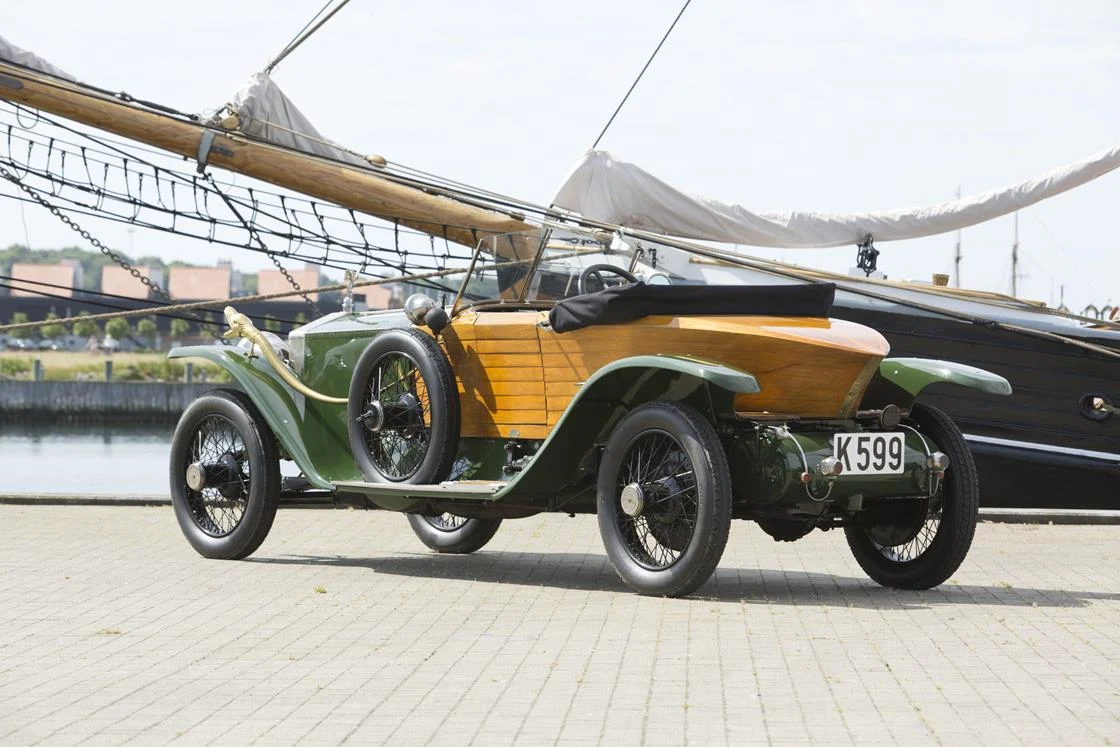
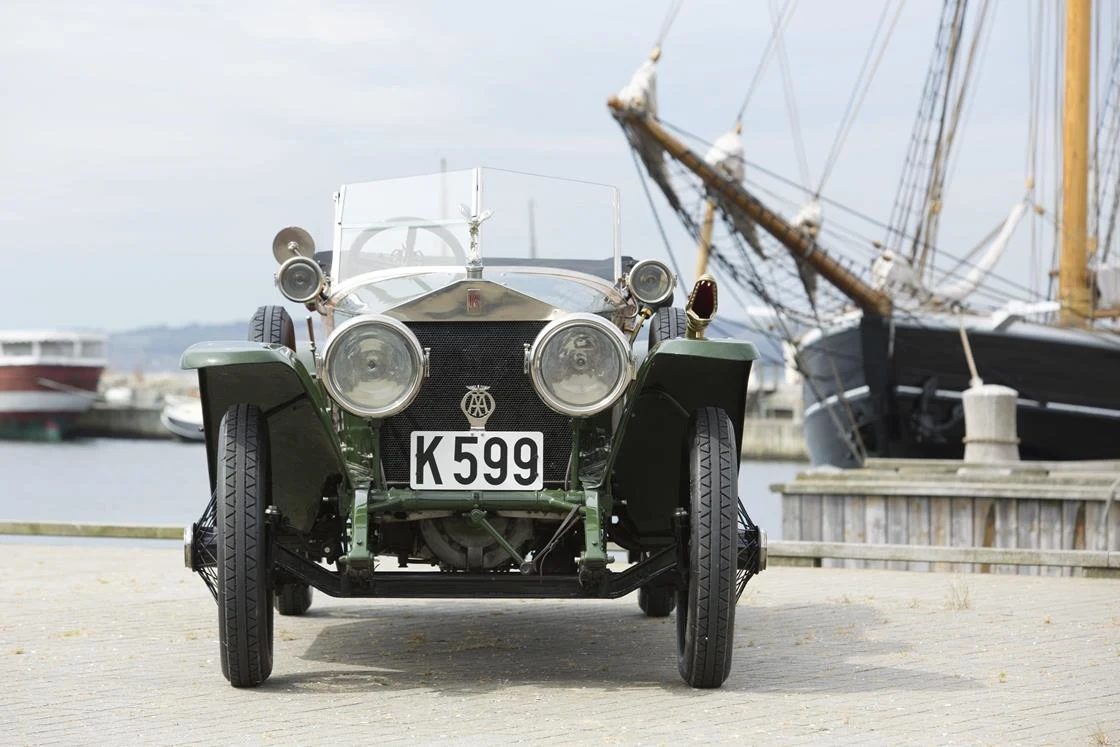
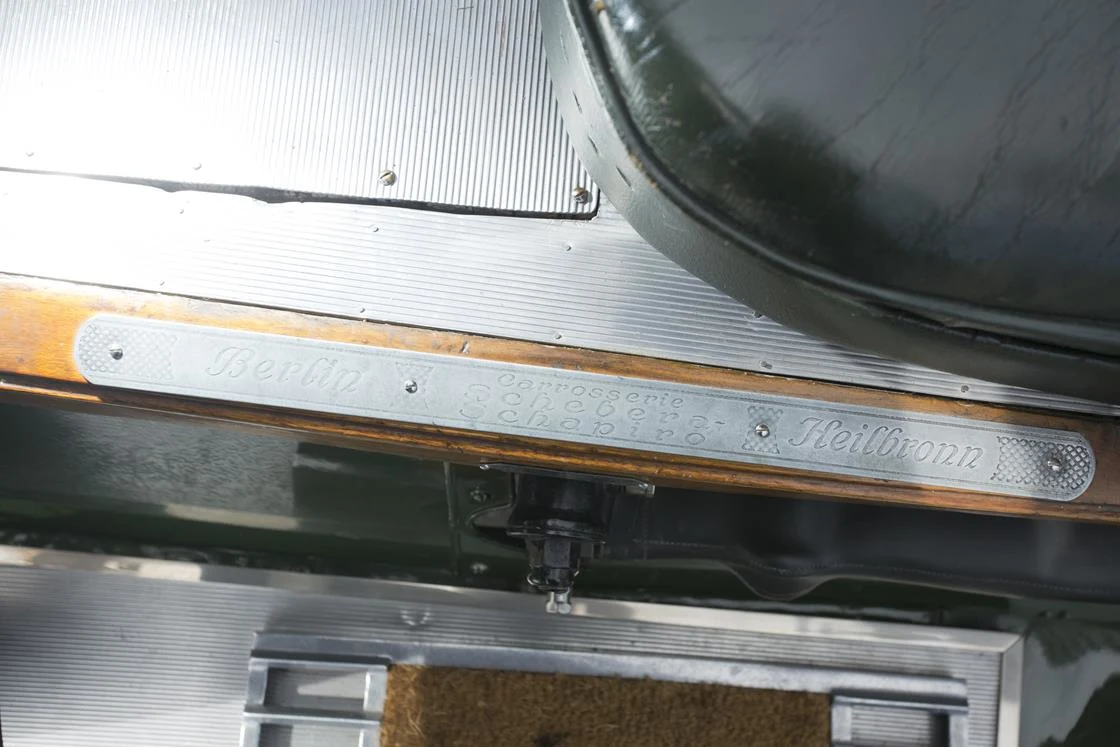
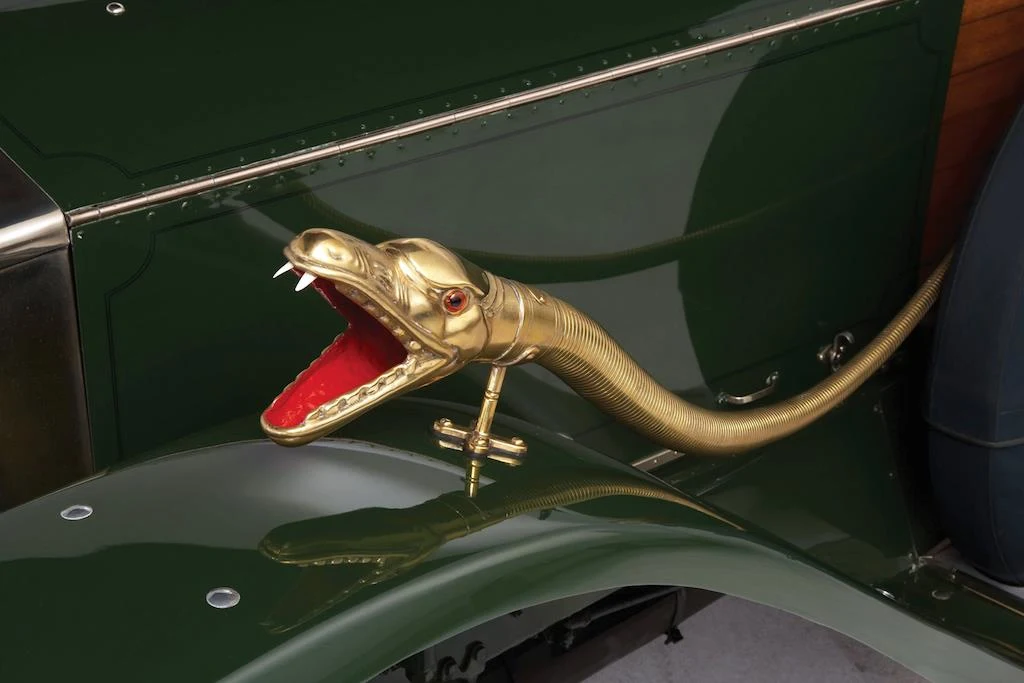
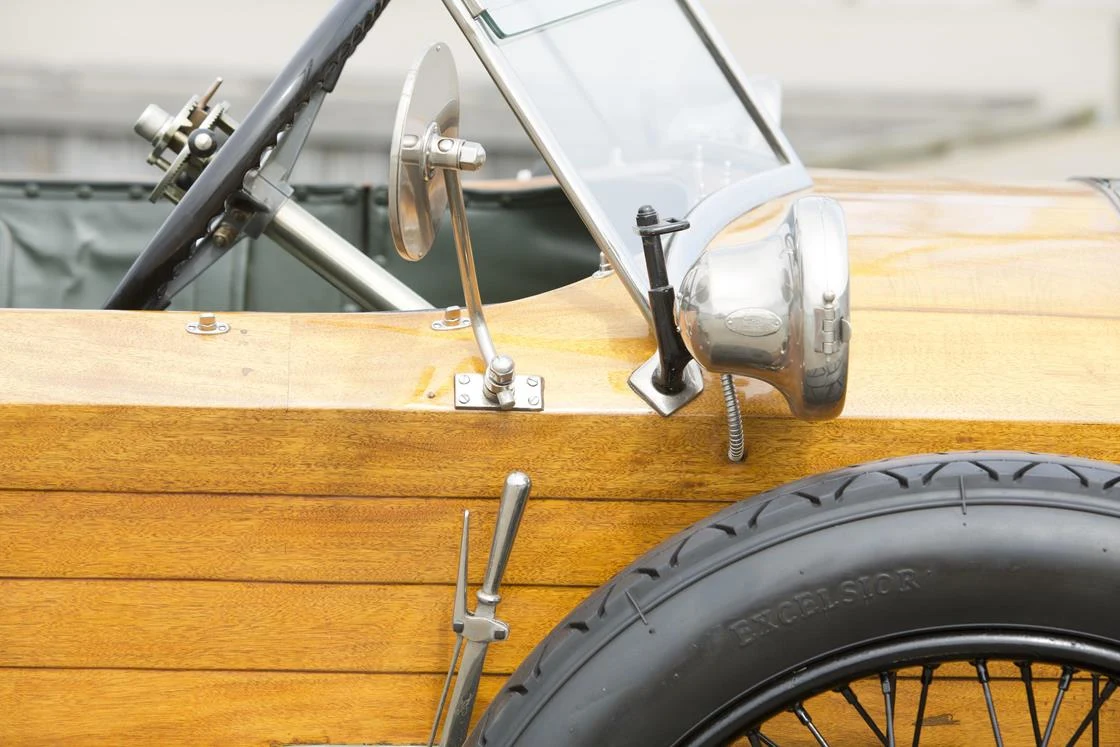
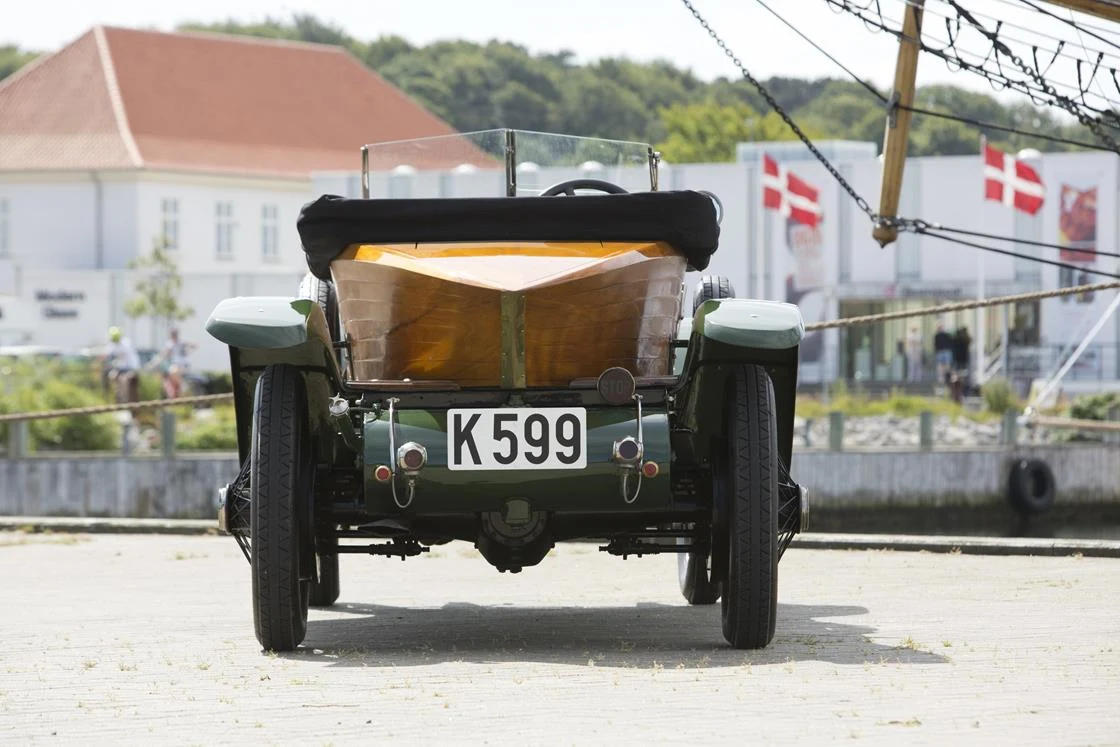
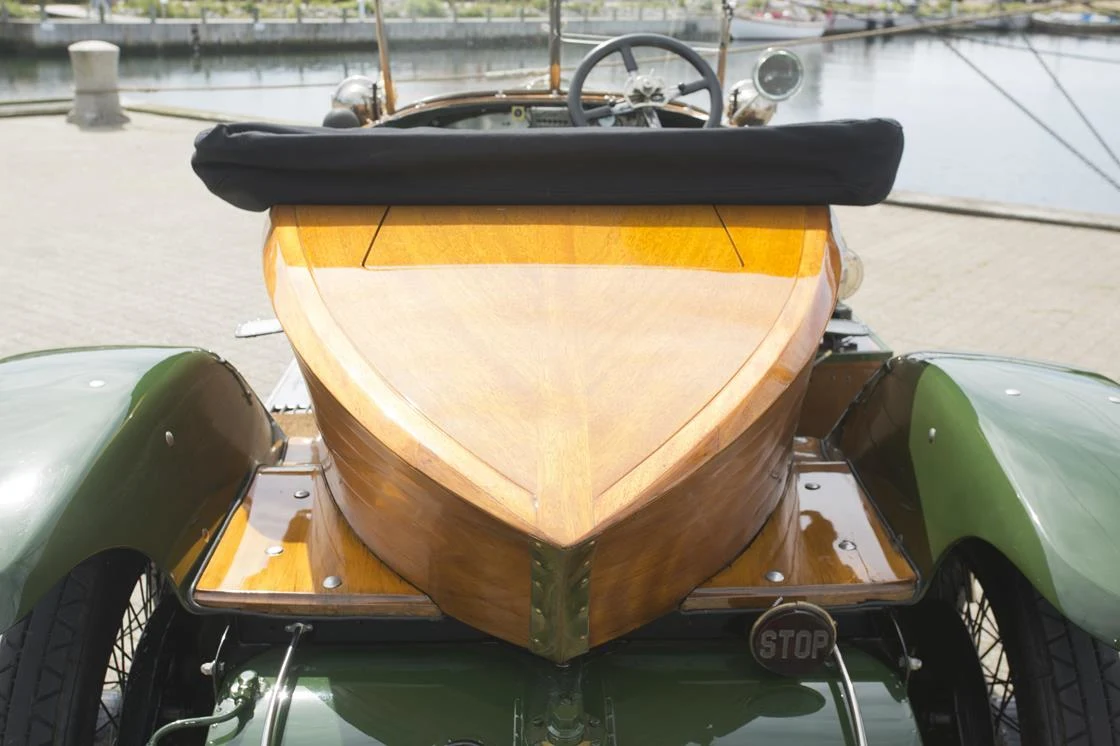





Have your say!